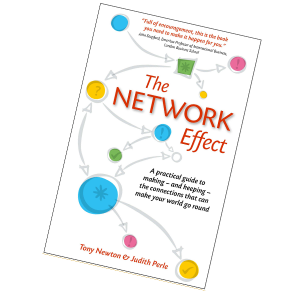IT'S NOT WHAT YOU DO, IT'S THE WAY THAT YOU DO IT
Non verbal communication in actionHalf day workshop
With so much communication being non-verbal, how we do and say things is at least as important as the actual words we use. The best managers, negotiators, networkers, presenters and salespeople make intuitive use of non-verbal communication (body language).
Understanding the fundamentals of body language enhances our ability to influence others, understand what’s going on behind the façade, and ‘read’ people’s real intentions, motivations and concerns. This workshop unravels some essential tools and presents them in a form which everyone can use to their advantage.
Who should attend?
What we cover
The outcome
Anyone who wants to:
- Persuade and influence
- Get on better with colleagues
- Create the right impression
- Make new contacts
- Negotiate effectively
- Stay ‘in the know’ about what’s happening externally and internally
- Canvass support for new projects or initiatives
- Raise finance
- Find their feet quickly in a new role
- Develop, maintain and grow client relationships
A typical workshop covers:
- The non-verbal vocabulary: appearance, touch, facial expression, eyes, voice, posture and gesture, space and time
- Putting the package together: lies, white lies and insincerities;how to tell in someone is interested,
bored or indifferent - The non-verbal structure of power and influence
- Real life scenarios and role play
After the session participants will:
- Have a range of techniques for interpreting non-verbal cues
- Ensure that the signals they give out are appropriate and really do match their intended effect
- Access these tools to enhance their influencing skills
- Be better able to understand what’s going on behind the facade, and ‘read’ people’s real intentions, movitations and concerns
FIND OUT MORE
READ OUR BOOK

A guide to making – and keeping – the connections that make your, our and everyone else’s world go round.
The book walks you through everything you need to know about connecting with other people.
Judith and Tony’s goal in the book is to get away from the manipulative ‘working a room’ concept of networking. Instead, they use the results of research into human interactions coupled with real case studies to justify the hints, tips and suggestions they propose.
